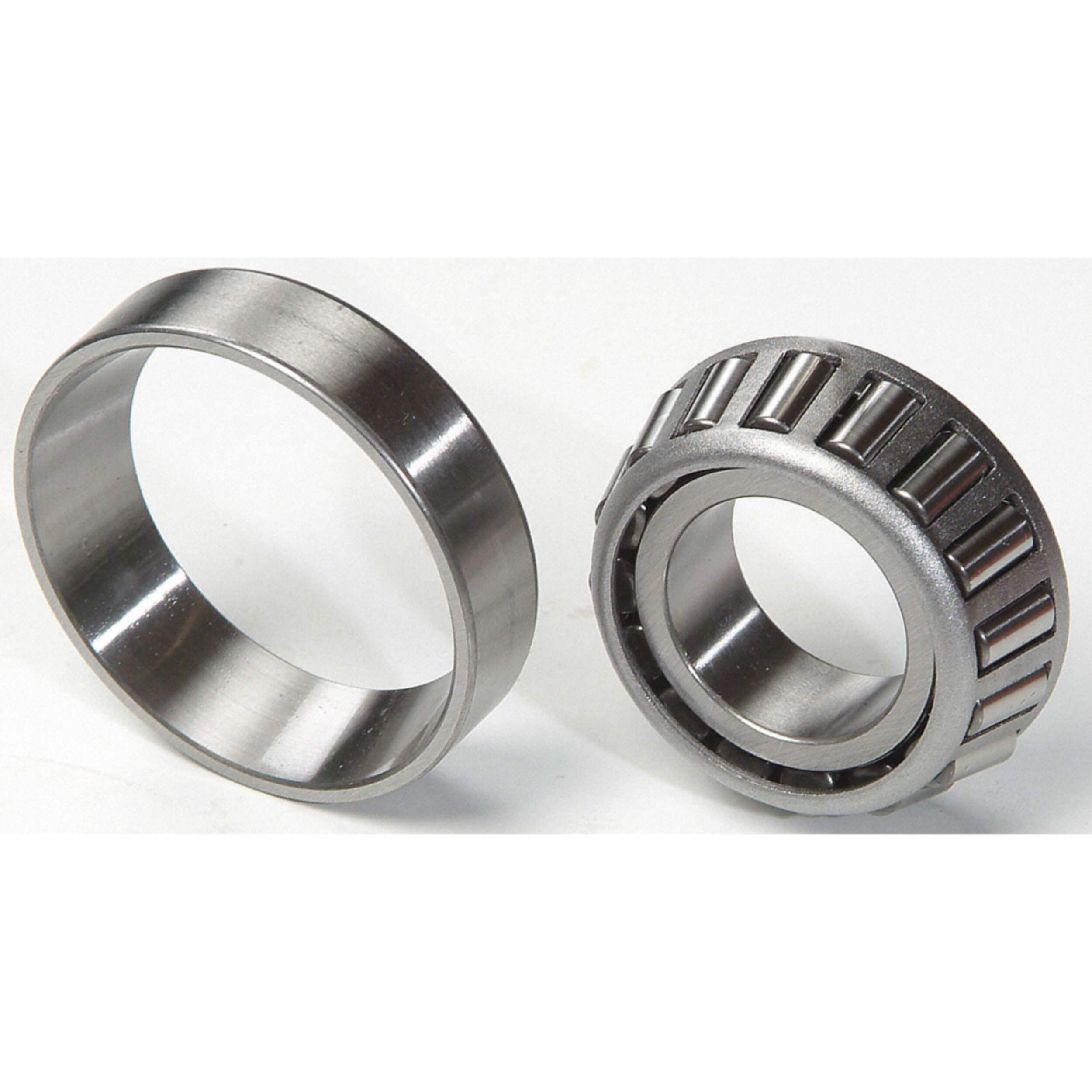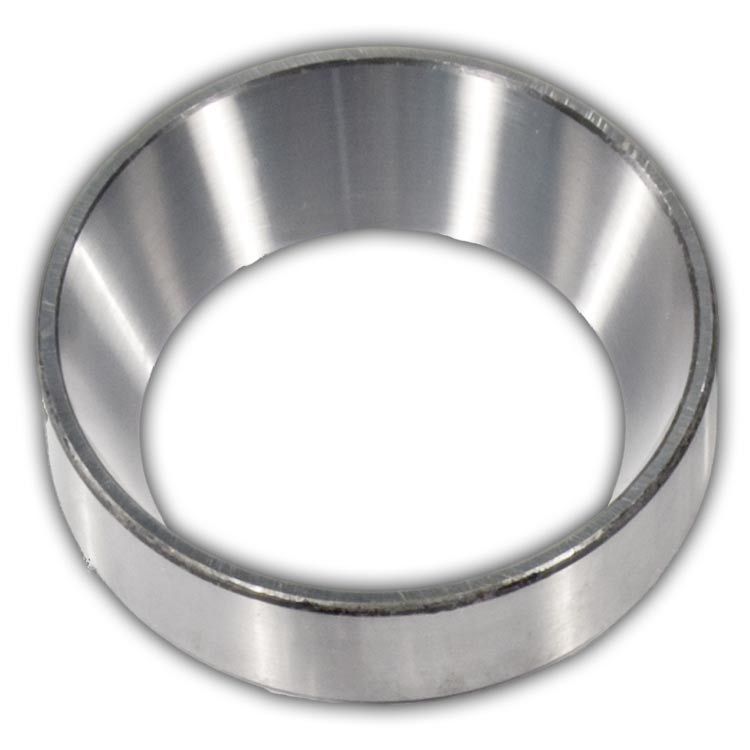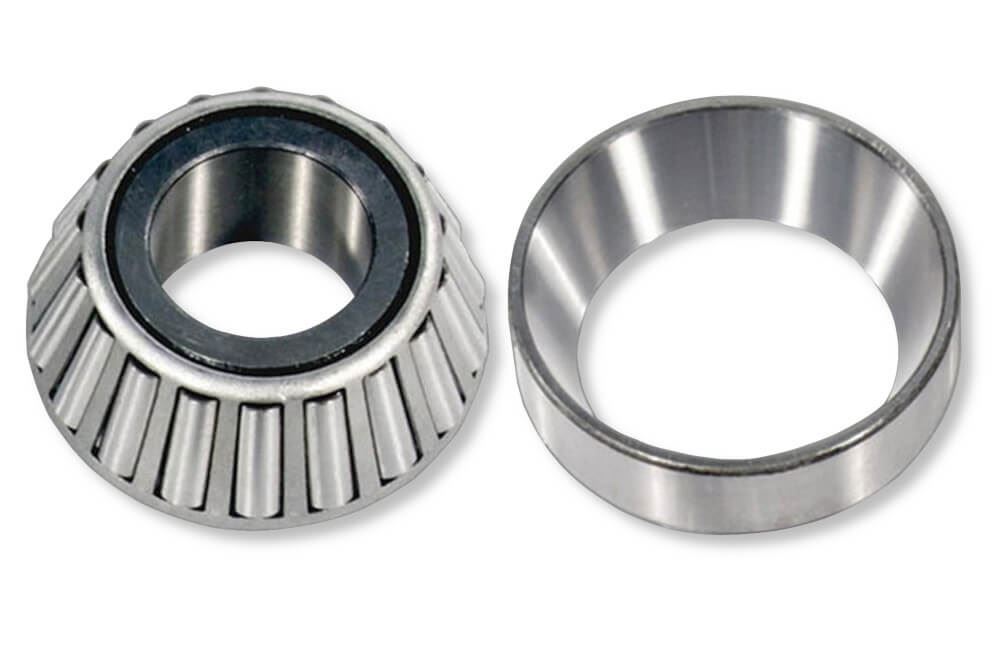
Impact of Proper Installation and Alignment on Cup Bearing Performance
Proper installation and alignment are critical factors that significantly impact the performance and longevity of cup bearings in machinery and equipment. Here’s how they influence bearing performance:
1. Load Distribution: Correct installation ensures that the load is evenly distributed across the bearing’s raceways. Improper alignment can lead to concentrated loads on specific areas, causing premature wear and potential bearing failure.
2. Reduced Friction: Precise installation and alignment help minimize friction within the bearing, which is essential for smooth operation and energy efficiency. Reduced friction can also lead to less heat generation.
3. Noise and Vibration: Proper alignment reduces noise and vibration levels, promoting a quieter and more comfortable working environment. Misalignment can result in increased noise and unwanted vibrations.
4. Longevity: When installed correctly and aligned accurately, cup bearings are more likely to reach their expected service life without experiencing premature failure due to uneven wear and damage.
5. Performance Consistency: Well-aligned cup bearings deliver consistent and predictable performance, which is essential in applications where precision and reliability are paramount.
6. Maintenance Reduction: Correctly installed and aligned cup bearings typically require less maintenance and lubrication, as they experience less wear and tear during operation.
Proper installation and alignment involve following the manufacturer’s guidelines, utilizing suitable tools and equipment, and ensuring that the bearing is correctly seated and aligned with the mating components. Any deviations from the recommended installation and alignment procedures can lead to reduced bearing life and potential operational issues.

Usage of Cup Bearings in Heavy-Duty and Industrial Machinery
Yes, cup bearings are commonly employed in heavy-duty and industrial machinery applications due to their durability and load-carrying capabilities. These applications include:
1. Construction Equipment: Cup bearings are used in heavy construction machinery such as excavators, cranes, bulldozers, and concrete mixers to support radial and axial loads in harsh working environments.
2. Mining Equipment: Mining machinery, like crushers, conveyors, and drilling rigs, rely on cup bearings to handle the extreme loads and abrasive conditions found in mining operations.
3. Agricultural Machinery: Farming equipment, including tractors and combines, uses cup bearings for various components, providing reliable operation in dusty and challenging farming conditions.
4. Material Handling: Industrial material handling equipment, like forklifts, conveyors, and packaging machinery, depends on cup bearings for smooth movement and load support.
5. Heavy Manufacturing: In manufacturing settings, cup bearings are integrated into machinery such as presses, stamping equipment, and injection molding machines to facilitate precision movement and support heavy loads.
6. Automotive Manufacturing: Cup bearings play a crucial role in automotive manufacturing processes, ensuring the functionality of robotic arms, conveyors, and assembly line equipment.
7. Marine and Offshore: Machinery used in marine and offshore applications, including winches, cranes, and propulsion systems, rely on cup bearings to withstand saltwater exposure and heavy loads.
8. Power Generation: In power plants, cup bearings are used in generators, turbines, and other machinery to support rotational elements, demonstrating their ability to handle high temperatures and forces.
These examples illustrate the versatility and resilience of cup bearings, making them a valuable choice for various heavy-duty and industrial machinery applications.

Materials Used in the Construction of Cup Bearings
Cup bearings are precision components, and their performance and durability depend on the materials used in their construction. The most common materials employed in the manufacture of cup bearings include:
1. Bearing Steel: Bearing steel is the most prevalent material for cup bearings. It typically consists of high-quality, through-hardened steel with specific alloying elements like chromium and molybdenum. This steel is known for its exceptional hardness, wear resistance, and fatigue strength. Bearing steel ensures the longevity and reliability of cup bearings in a wide range of applications.
2. Stainless Steel: In applications where corrosion resistance is crucial, stainless steel cup bearings are utilized. Stainless steel offers excellent resistance to rust and corrosion, making it suitable for applications exposed to moisture, chemicals, or high-humidity environments.
3. Ceramic: Advanced cup bearings use ceramic materials, such as silicon nitride, for rolling elements. Ceramic offers remarkable hardness, low friction, and resistance to wear. Ceramic cup bearings are often found in high-speed and high-temperature applications, including those in the aerospace and semiconductor industries.
4. Plastic: In specialized cases where weight reduction, non-conductivity, or noise reduction is a priority, plastic materials like PEEK or PTFE may be used for cup bearings. Plastic cup bearings can be found in applications like medical devices and food processing equipment.
The choice of material depends on the specific requirements of the application, including load capacity, environmental conditions, and the need for corrosion resistance. Proper material selection ensures that cup bearings perform optimally in their intended use.


editor by CX 2024-04-10